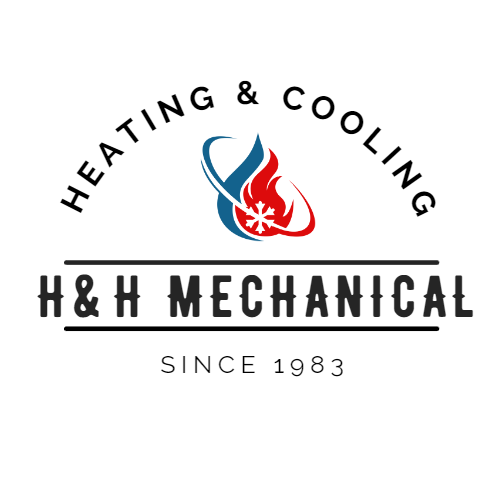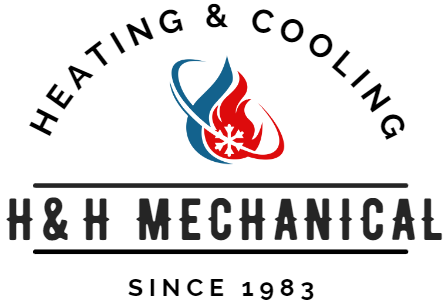Key Aspects of a Spring HVAC Tune-Up
Air Filter Replacement
A clean air filter is crucial for maintaining indoor air quality and ensuring efficient airflow. Replacing or cleaning your HVAC filter can reduce your air conditioner's energy consumption by 5% to 15%.
Checking Refrigerant Levels
Proper refrigerant levels are crucial for effective cooling. A technician will check for the correct amount and inspect for leaks, repairing any issues to ensure optimal performance.
Thermostat Calibration
Ensuring your thermostat is accurately calibrated can prevent cooling inefficiencies. A tune-up may include upgrading to a programmable thermostat, offering greater control over your home's temperature and energy usage.
Inspecting and Adjusting Electrical Components
Electrical connections can loosen over time. A thorough inspection ensures all connections are tight, and voltage and current on motors are checked to prevent potential hazards and extend the life of your system.
Lubrication
Moving parts that lack lubrication cause friction and increase the amount of electricity your HVAC system uses. A spring tune-up includes lubricating these parts to reduce energy consumption.
System Controls Check
It's essential to ensure the system starts, operates, and shuts off correctly. This check confirms the safety and proper operation of your HVAC unit.
Clearing Drain Lines
A clogged drain line can lead to water damage and increased humidity levels inside your home. Clearing the condensate drain ensures your system properly disposes of water condensation.
Empowering Your Comfort and Peace of Mind
A spring HVAC tune-up is a small investment that pays off in improved comfort, lower energy costs, and the peace of mind that comes with preventing unexpected breakdowns. As we welcome the return of longer days and warmer weather, take the proactive step to ensure your home remains a haven of comfort and efficiency. Schedule your spring HVAC tune-up today, and spring into a season of wellness and relaxation

You might also like


Book a Service Today
We will get back to you as soon as possible
Please try again later



